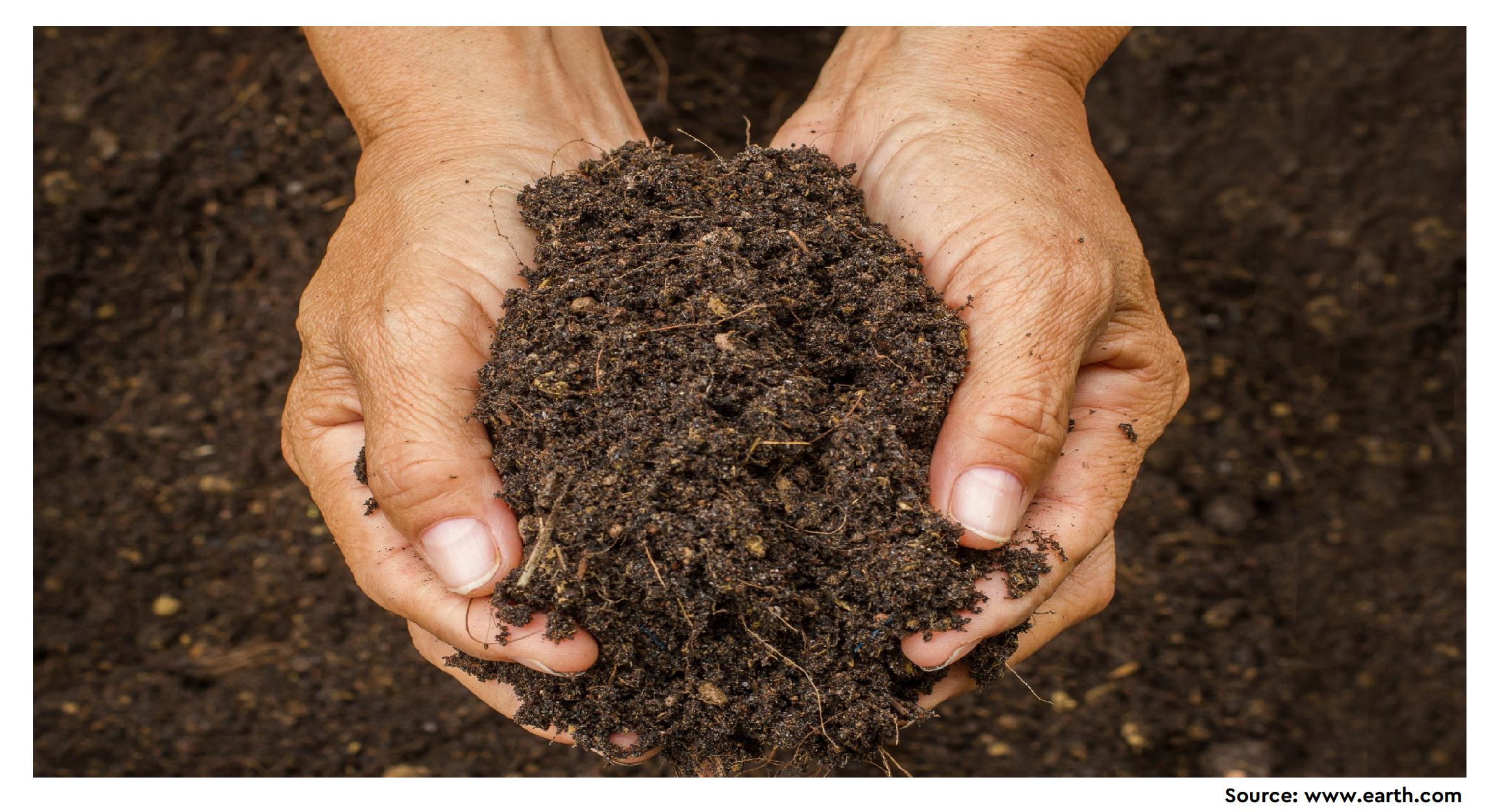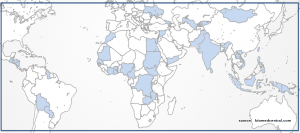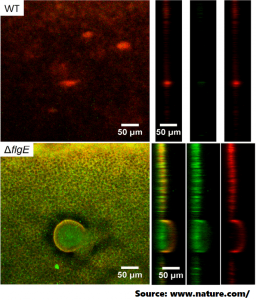It is a known fact that antibiotic resistance (ABR) is a multisectoral problem and to tackle it the approach also should be in multi directions which can be called a ‘one health’ approach. A systematic analysis has estimated that in 2019 globally around 4.95 million people lost their lives because of infections by antibiotic-resistant bacteria. Many pathogens linked to outbreaks of plant diseases and clinical infection are found in edaphic environments, which are crucial antibiotic resistance gene (ARG) reservoirs. One of the biggest worries is that ARGs will spread from soils to anthropogenic, animals, and plants, posing substantial risks to human and livestock health and food security.
With this rationale, the researchers identified the knowledge gap between quantitative high-resolution maps of soil ARGs and their responses to environmental constraints at the global scale. Here, 558 ARGs were found in soils after a global study of 1088 soil metagenomic samples (Here it is the study of specific microorganism communities found in soil), with a higher ARG abundance in agricultural habitats than in non-agricultural habitats. Principal components linked to anthropogenic activities (57.52%) accounted for the majority of the variability in ARG abundance and mostly accounted for human inputs, animal husbandry, and agricultural contaminations. On the other hand, only a minor portion of the variability in ARG abundance was caused by climate and vegetation (17.18%) and soil nutrients (7.07%).
To know about the hotspots of ARGs and the recommended regions where soil ABR control needs to be prioritized, please visit the website of Science Advances (Link).







